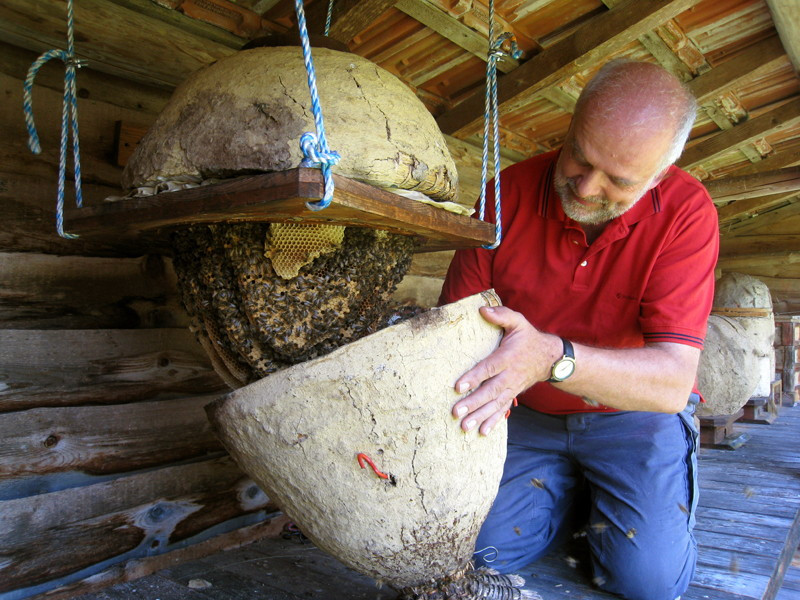Enthusiasm infectious in documentary about bees
In the fall of 2006, the world was abuzz with a strange turn of natural events – the disappearance of millions of honeybees. Deemed “Colony Collapse Disorder,” the bee population around the globe dropped dramatically with no obvious explanation.
In this thoughtful documentary (and 2010 International Selection of the International Documentary Film Festival in Amsterdam), American filmmaker Taggart Siegel explores not only this phenomenon but also the effect it could have on a world in which 40 per cent of our agricultural crops depend on honeybees for pollination.
What makes Queen of the Sun so engrossing is the way Siegel uses the crisis of the honeybee to explore more systematic problems with today’s agricultural industry.
The health of a bee population can act as a barometer for the health of an entire ecosystem – the “canary in the coal mine” of an environment – so when things start going wrong with honeybees, he argues, it’s time to look critically at the way our societies have come to practice farming.
This connection is illustrated by people from all over the globe and all over the field, united by a passion for honeybees.
Organic farmers in New Zealand, “swarm rescuers” in the USA and rooftop beekeepers in England all come together to offer a wide-reaching and nuanced view about the crucial role of the (disappearing) honeybees and our failure to protect them.
In one example, the film looks at almond farming in California.
In order to pollinate the thousands of acres of almond blossoms during the four-week blooming period, “migratory beekeepers” from all across America drive their hives down to California on the backs of flatbed trucks, with millions dying in transit or returning home with new diseases acquired over the course of a journey that puts profit before sustainability.
While packed with information, Queen of the Sun never comes across as dense and it’s certainly never boring.
Energetic and vibrant, each “expert” brings something different to the table, and their obvious enthusiasm is infectious.
Interspersed footage of the bees among flowers or building honeycomb offers another unique way of looking into the lives of these insects.
After 150 million years of acting as the “legs” of the plant population, that relationship between bees and their environment is in real danger.
As Gunter Hauk, a biodynamic beekeeper, justifies his passion in an interview: “Everybody should be interested in beekeeping – our lives depend on it!”
Siegel’s film will certainly help people to heed his advice.
Published in Volume 66, Number 5 of The Uniter (September 29, 2011)







